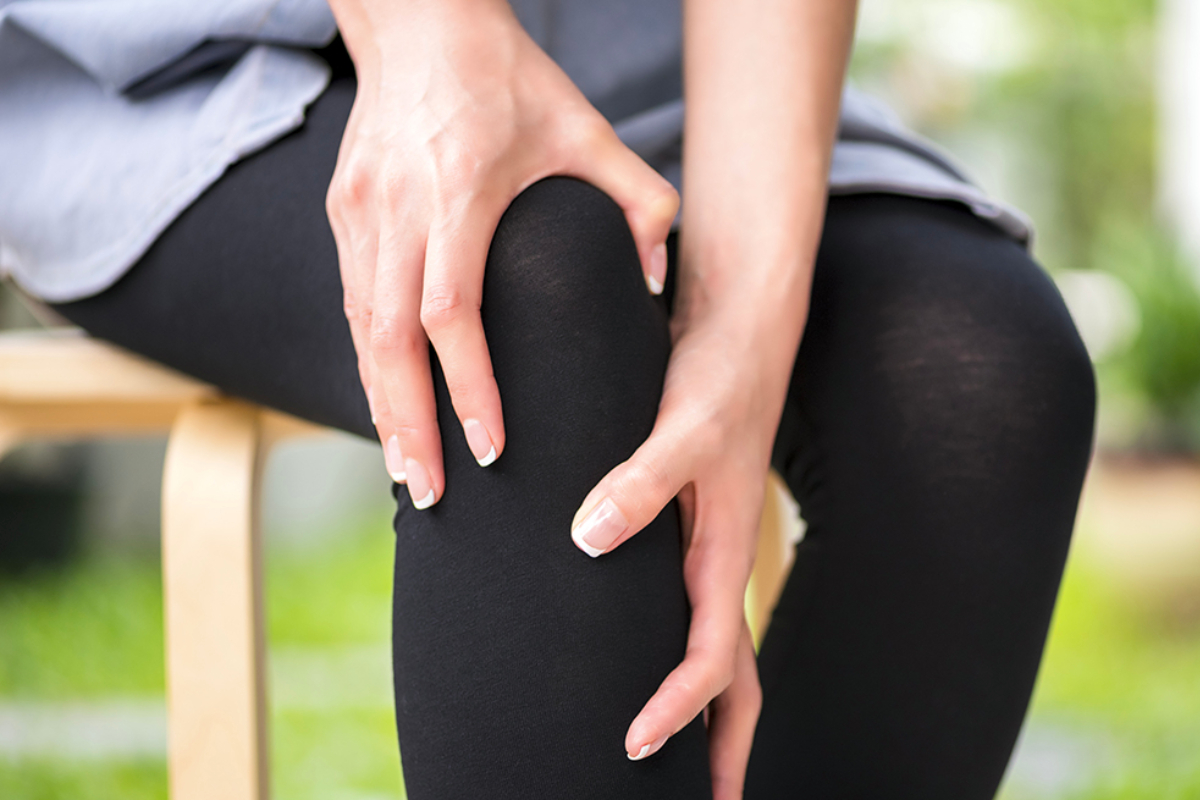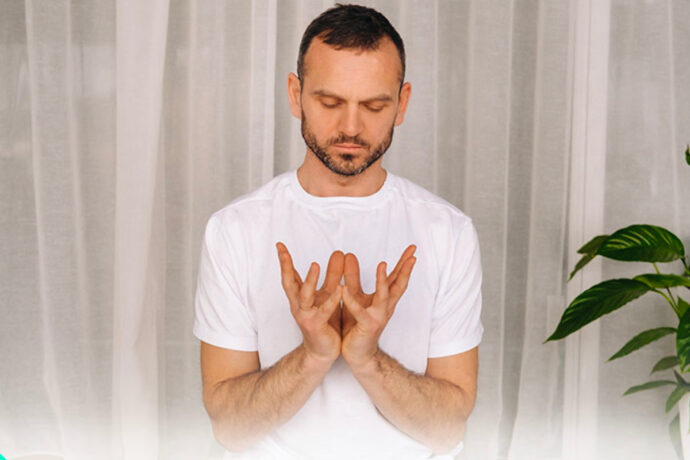
Knees are vital for daily movements, but issues like knee locking can hinder mobility. This article explores knee locking, its types, causes, and effective treatment and prevention methods.
Understanding Locked Knees:
- Definition: Knee locking involves difficulty moving the knee due to joint immobility or muscle spasms, often accompanied by pain.
Exploring Types of Knee Locking:
- Pseudo Knee Locking: Caused by painful muscle spasms without physical restraint of the joint. Treatments include rest, ice, anti-inflammatory meds, and physical therapy.
- True Knee Locking: Results from injuries causing the knee to fully lock, potentially requiring surgery for severe cases.
Identifying Causes of Knee Locking:
- Common Causes: Injuries, inflammatory conditions, plica syndrome, and patellar tracking disorder.
- Specific Causes: Meniscus tears and loose bodies in the knee joint.
Treatment Approaches:
- Pseudo Locking: Rest, ice, anti-inflammatories, and physical therapy.
- True Locking: Similar treatments as pseudo locking, with surgery for severe cases involving loose bodies.
Preventing Knee Locking:
- Strategies: Take breaks during activities causing knee pain, avoid such activities when possible, exercise caution on slippery surfaces, build leg and core muscle strength, and prioritize lower body flexibility.
Conclusion: Prompt medical attention for knee locking ensures accurate diagnosis and tailored treatment. Despite challenges, effective treatment options exist, allowing individuals to maintain fulfilling lives despite knee issues.



